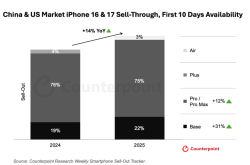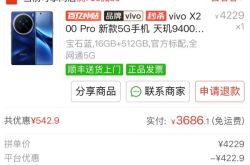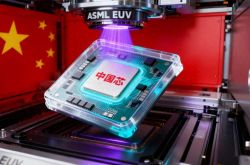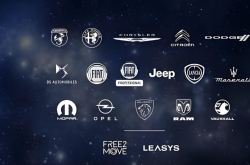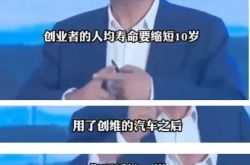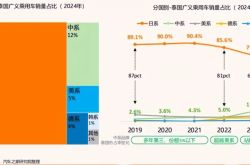14.24 Billion Investment! Construction of the Lexus Super Factory in Shanghai Commences Today
![]() 06/27 2025
06/27 2025
![]() 865
865
Author | Song Xi, Location Selection 960, Full Text 1335 words, approximately 3 minutes
This morning, the construction of the Lexus Shanghai New Energy Factory project officially kicked off with the first shovel of soil being turned.
The project has seen rapid progress.
In February of this year, Lexus (Shanghai) New Energy Co., Ltd., a wholly-owned subsidiary of Toyota Motor, was established in Jinshan District with a registered capital of 5.35 billion yuan. On April 1, the Lexus Shanghai factory won a bid for an industrial land parcel in Jinshan District, with a total transaction price of 1.353 billion yuan. On April 22, the Shanghai Municipal Government signed a strategic cooperation agreement with Toyota Motor, and the Jinshan District Government signed a memorandum with Toyota China, marking the full implementation of the project.
It is anticipated that the project will be completed in August 2026 and commence production in 2027, with the first vehicle rolling off the production line that same year. The initial annual production capacity is expected to reach 100,000 vehicles.

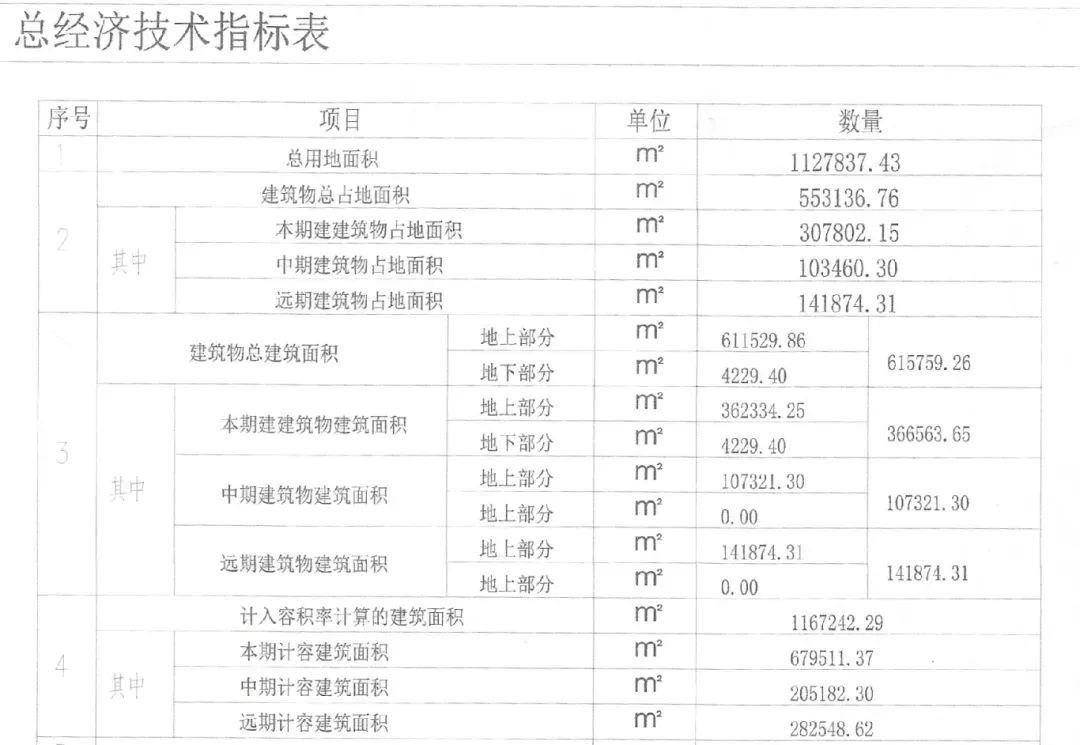
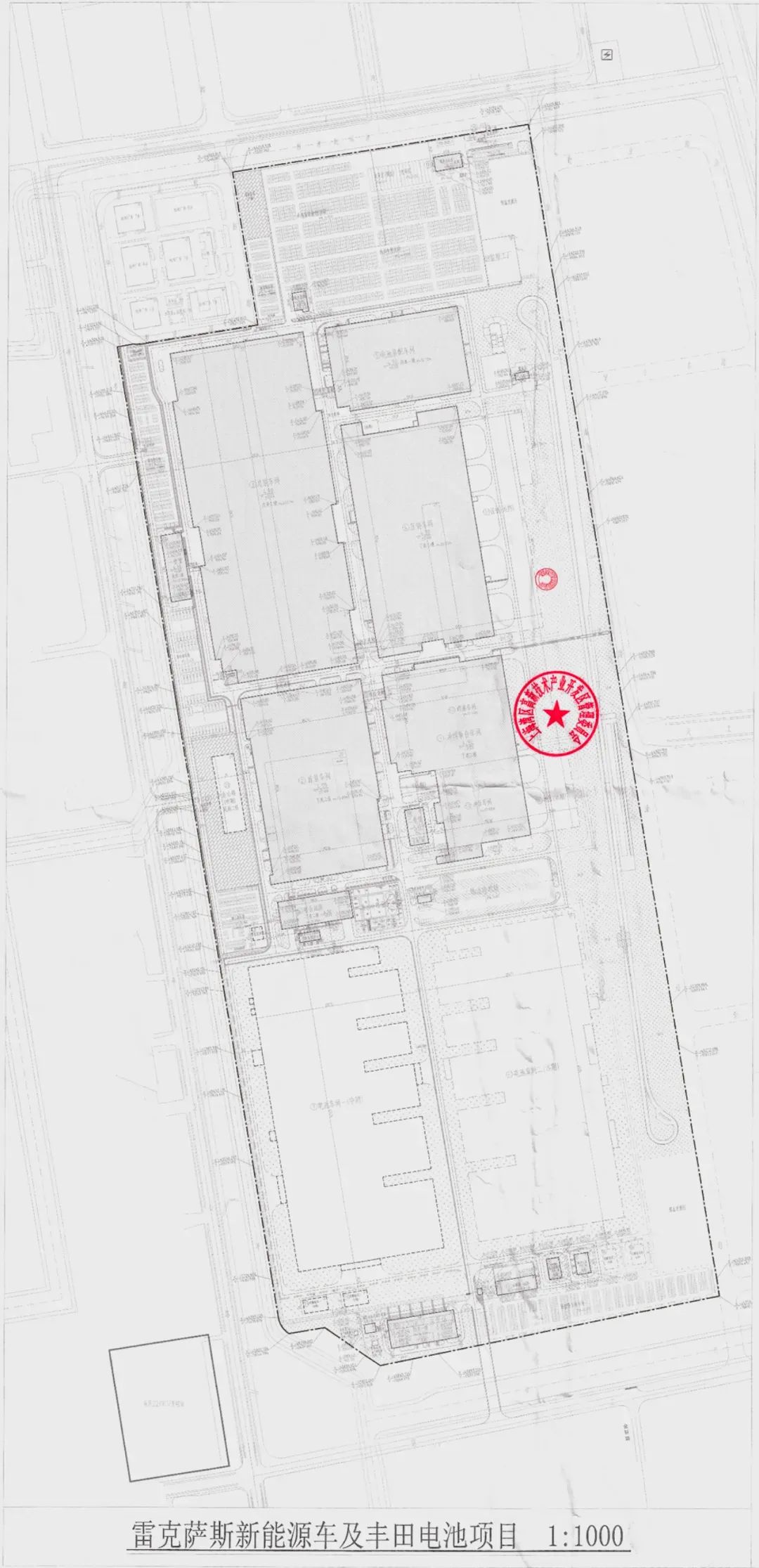
Plot Details and Engineering Design Source: Shanghai Municipal Planning and Natural Resources Bureau, Internet
According to publicly available plot details and the "Engineering Design Plan for the Lexus New Energy Vehicle and Toyota Battery Project," the factory site is situated in the Caojing Town area of Jinshan District, adjacent to the Jinshan Park Station of the high-speed rail. It spans approximately 1.13 million square meters (1.3 times the size of the Tesla factory), with a land transfer period of 50 years and a total construction area of 615,700 square meters. The construction is divided into three phases: current, medium-term, and long-term.
The current phase encompasses stamping, welding, die-casting, painting, assembly, and battery assembly workshops. The medium-term phase includes additional battery workshops and office buildings, while the long-term phase involves expanding the stamping and die-casting workshops and constructing another battery workshop.
The plot stipulates that the fixed investment in the project must be no less than 14.24 billion yuan, with an investment intensity of no less than 12,000 yuan per square meter. Furthermore, the sales revenue within five years of signing the contract is required to be no less than 23.6 billion yuan per year.
According to The Paper, Lexus required 1,692 mu (approximately 1.128 square kilometers) of contiguous land. The Jinshan District Planning and Resources Bureau consolidated over 20 plots, encompassing various land types such as agriculture, forestry, industry, green spaces, and service facilities, into one contiguous area.
To facilitate the project's implementation, the district party secretary and district mayor served as the "dual leaders" of the special working group. At both city and district levels, over 120 special promotion meetings were held, resulting in a response list containing more than 30 safeguard measures.
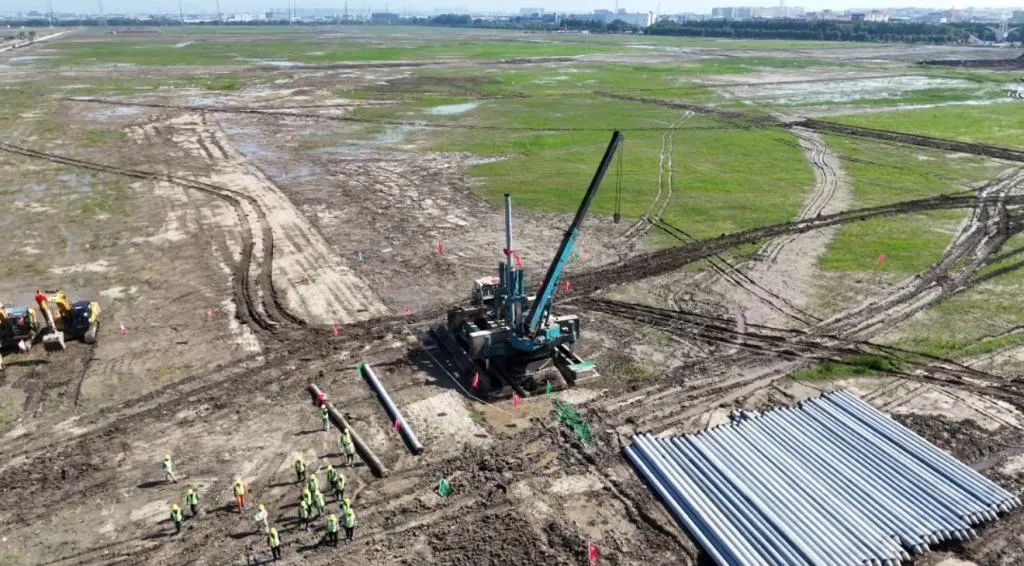
Construction Site Photo Source: Jinshan, Shanghai
Lexus, a luxury brand under Toyota, was officially launched in 1989. Its inaugural model, the LS400, gained popularity due to its ultra-quiet technology. During its peak, it was highly sought after and earned the moniker "the king of price increases."
However, in recent years, Lexus has slipped from the top spot in China's imported car sales rankings. This move to establish a factory in China is seen as a strategic shift towards electrification and intelligence, aiming to launch electric vehicle brands that better cater to the local Chinese and overseas markets.
Toyota plans to achieve global annual sales of 1.5 million electric vehicles by 2026, rising to 3.5 million by 2030. The Lexus Shanghai factory represents a crucial step towards realizing this ambitious goal.
It is reported that in addition to supplying the Chinese market, the products from the Shanghai factory also plan to be exported to other overseas markets such as Japan, Europe, and Southeast Asia in the future.
By choosing Jinshan as its location, Lexus benefits from the presence of core resources such as the Tesla Superfactory, NIO's headquarters, and CATL's R&D center within a 50-kilometer radius. The robust industrial support from the 159 enterprises in the local automotive supply chain, combined with the parts cluster in Ningbo, Zhejiang, Toyota's R&D center in Changshu, Jiangsu, and local intelligent driving enterprises in Shanghai, creates a "one-hour supply chain radius," facilitating localized procurement and R&D collaboration in core production processes. Data suggests that logistics costs are anticipated to decrease by approximately 30%.
Jinshan, Shanghai, has also made substantial efforts to attract the Toyota Lexus factory. Besides offering vast tracts of industrial land at "cabbage prices," the district has introduced the "Golden Ten Policies for the New Energy Automobile Industry," providing a 30% fixed asset investment subsidy to power battery R&D enterprises. Foreign-invested projects additionally enjoy a 5% tax rebate (estimated tax reduction of over 1 billion yuan in the first three years), and a dedicated energy storage power station is being constructed for Toyota.
Moreover, in terms of talent recruitment, benefits such as shortened residence permit conversion years and direct settlement for fresh graduates are available. Over 2,000 affordable housing units and educational resources have been provided in the surrounding area. According to plans, the Lexus Shanghai factory is expected to create 1,000 new job opportunities in Jinshan and may catalyze the transformation of Jinshan from a "traditional chemical industry center" to a "new energy automotive industry center."


